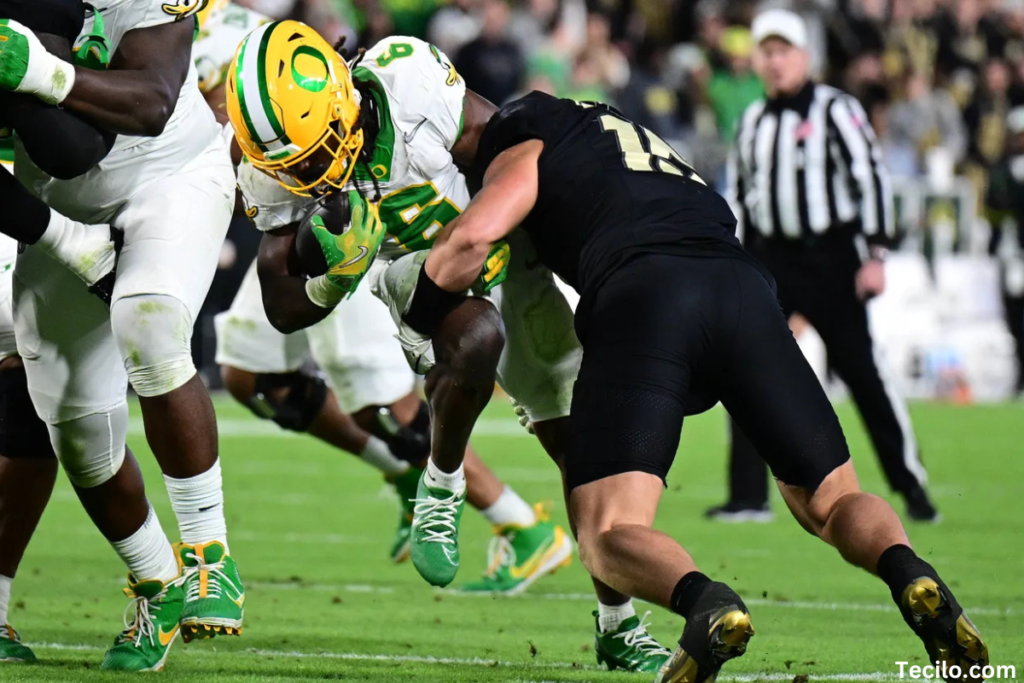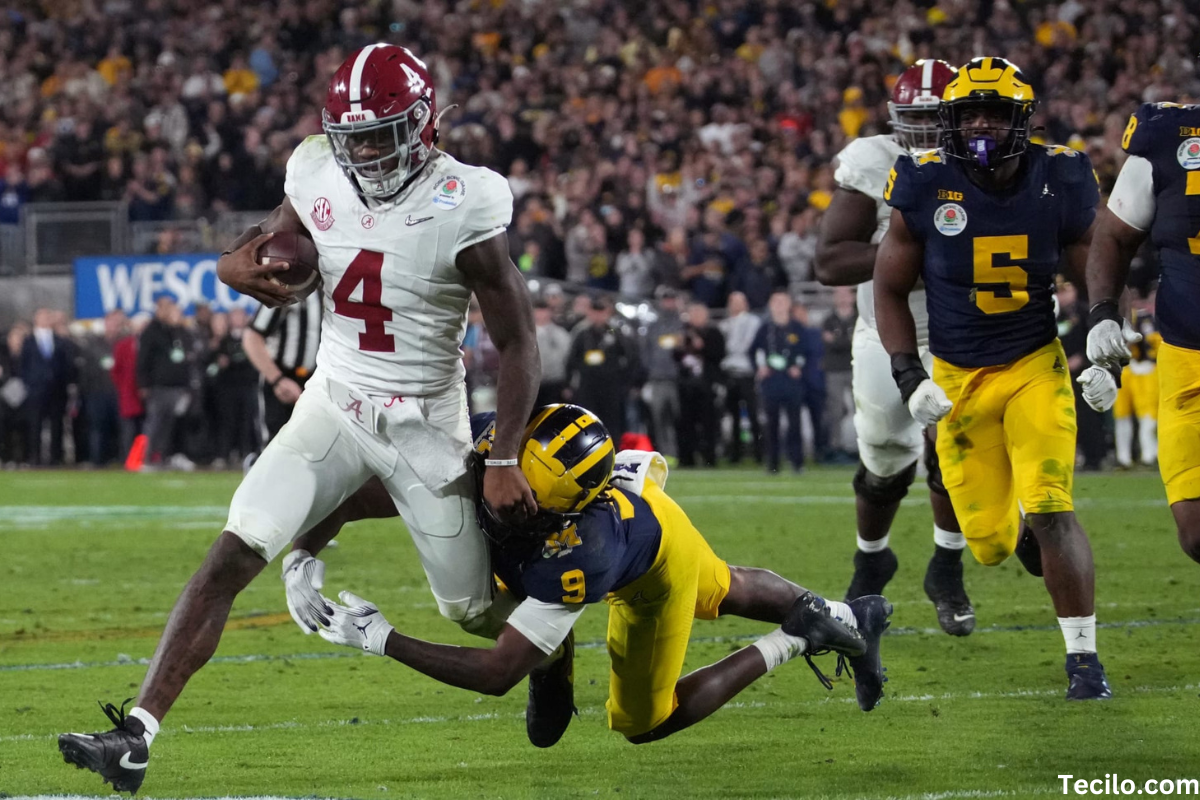
College football bowl games are some of the most exciting events of the sports year, and bowl projections are a huge part of the excitement. Fans, players, and analysts all eagerly anticipate these projections, which can shape everything from game-day hype to recruiting decisions. But what exactly are bowl projections, and how do they work? In this article, we’ll break down everything you need to know about bowl projections, how they’re made, and why they’re so important.
Understanding College Football Bowl Games
The History of College Football Bowl Games
Bowl games have been around for over a century, with the first one, the Rose Bowl, dating back to 1902. These games were originally designed to pit the best teams from different regions of the country against each other, offering a prestigious end to the college football season. Over time, the number of bowl games has grown significantly, and now there are dozens of them every season, giving more teams the chance to finish the year with a big win.
How Bowl Games Work Today
Today, bowl games are a key part of the college football postseason. Teams are selected based on their performance during the regular season, with the most prestigious games reserved for the top-ranked teams. The College Football Playoff (CFP) determines the national champion, but there are plenty of other high-stakes bowl games to keep fans entertained.
Bowl games today serve as postseason college football contests that typically occur in December and January, following the conclusion of the regular season. These games feature teams from various conferences, often matched based on their performance and rankings.
Selection committees or conference affiliations determine participants, leading to a mix of traditional rivalries and exciting matchups. The College Football Playoff system now influences major bowls, culminating in two semifinal games and a national championship. Bowl games not only provide teams a chance to compete for a title but also enhance visibility, generate revenue, and offer student-athletes unique experiences outside their usual environments.

What Are Bowl Projections?
Defining Bowl Projections
Bowl projections are educated guesses made by analysts and experts about which teams will play in which bowl games. These projections start forming early in the season and continue to evolve as teams rise and fall in the rankings.
How Analysts Predict Bowl Game Matchups
Analysts use a variety of factors to make their predictions, including team rankings, conference standings, and key matchups throughout the season. It’s a bit of a puzzle, as they try to fit teams into the various bowls based on performance, tradition, and sometimes even geography.
The College Football Playoff’s (CFP) Impact on Bowl Predictions
How the CFP Affects Bowl Projections
The CFP has a massive impact on bowl projections because it determines the top four teams that will compete for the national championship. These teams are selected based on a combination of polls, rankings, and a selection committee, which adds another layer of complexity to the projection process.
The CFP Selection Process
The CFP committee evaluates teams based on their win-loss record, strength of schedule, and other factors like injuries and head-to-head matchups. They release rankings throughout the season, and those rankings heavily influence which teams are projected for the top bowls.
Key Factors in Bowl Projections
Team Performance and Rankings
A team’s performance is the most critical factor in bowl projections. Winning consistently against strong opponents boosts a team’s chances of landing a prime bowl spot.

Conference Standings
Conference championships also play a major role in projections. Winning a conference title can secure a spot in a prestigious bowl, while second-place teams are often sent to other bowls within their conference’s tie-ins.
Strength of Schedule
Teams that play and beat highly ranked opponents are often favored in projections, even if they have a few losses. A strong schedule can sometimes outweigh a team’s record.
Major Bowl Games and Their Importance
The New Year’s Six (NY6) Bowls
The New Year’s Six refers to the six major bowl games that take place around New Year’s Eve and New Year’s Day. These include the Rose Bowl, Sugar Bowl, Orange Bowl, Cotton Bowl, Fiesta Bowl, and Peach Bowl. These games often feature the top teams in the country and are a huge part of the bowl season.
How Teams Are Selected for the NY6 Bowls
Selection for these bowls is based on the final CFP rankings, conference champions, and other at-large bids. The matchups are prestigious and highly anticipated by fans.
The Impact of Conference Championships on Bowl Projections
Automatic Qualifiers and Conference Champions
Some conferences have automatic bids to specific bowls for their champions. For example, the Big Ten champion usually heads to the Rose Bowl if not selected for the CFP.
How Conference Upsets Can Change Projections
An upset in a conference championship game can throw projections into chaos. If an underdog wins, it can displace a highly ranked team and lead to significant changes in the bowl lineups.
Dark Horse Teams in Bowl Projections
Sleeper Teams to Watch
Every year, there are a few teams that outperform expectations and shake up the projections. These sleeper teams can sometimes leap into major bowls with a strong finish to the season.
How Underdog Teams Can Shake Up Bowl Projections
When an underdog team beats a higher-ranked opponent late in the season, it can have ripple effects across the entire bowl landscape. These upsets make bowl projections exciting but also unpredictable.
How Bowl Projections Influence Fan Expectations
The Hype Around Bowl Projections
Fans love to speculate about which teams will land in which bowls, and this speculation fuels a lot of excitement during the season. Bowl projections give fans a glimpse of potential matchups and help build hype for the postseason.

Impact on Ticket Sales and Fan Engagement
Once projections are released, fans often rush to buy tickets and make travel plans, boosting attendance and viewership for the games.
Predicting the Playoff Teams
How Analysts Predict CFP Teams
Analysts look at several factors, including rankings, conference championships, and key wins or losses to predict which teams will make the CFP.
Factors That Can Change Playoff Projections
Late-season injuries, upsets, and head-to-head matchups between top teams can drastically alter playoff projections, keeping things unpredictable.
Midseason vs. End-of-Season Projections
How Projections Evolve During the Season
Bowl projections often look very





